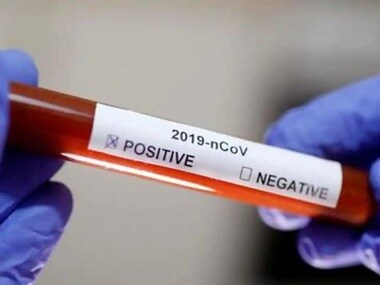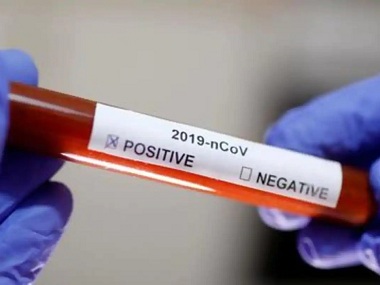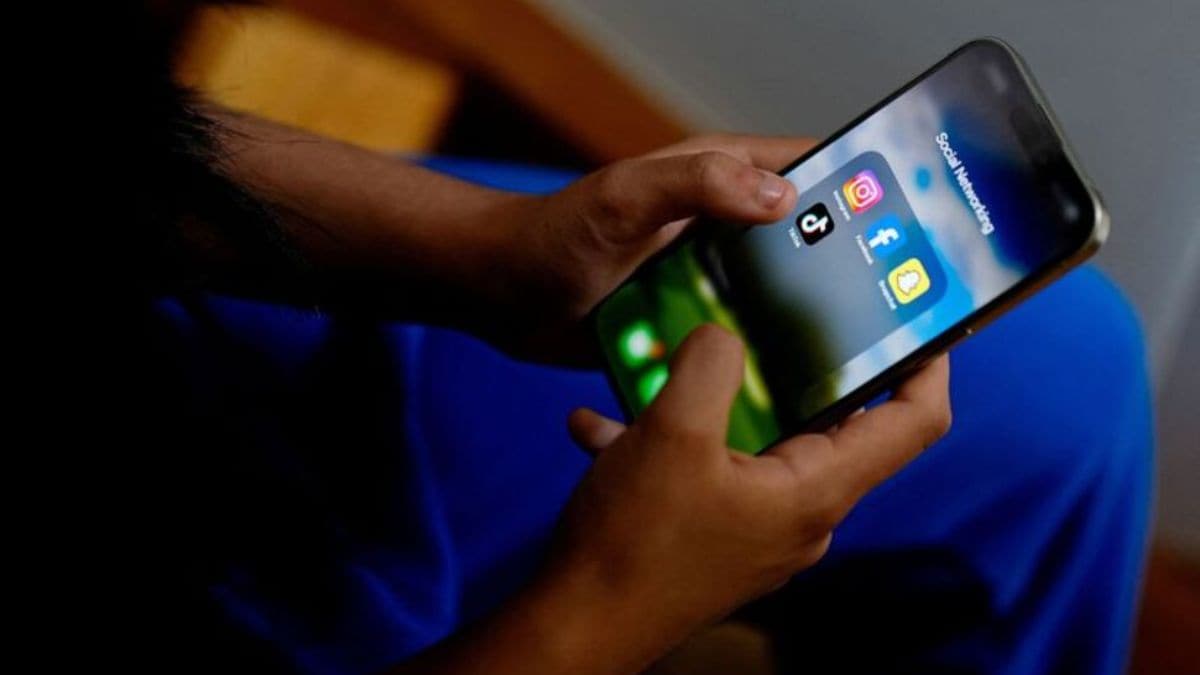Beijing: The first case of novel coronavirus can be traced back to 17 November last year in China’s Hubei province, which subsequently became its epicentre as it rapidly spread at home and abroad before Chinese health officials could identify the deadly virus, according to a media report on Friday. Chinese authorities have so far identified at least 266 people who were infected in 2019. All the 266 individuals came under medical surveillance at some point, Hong Kong-based South China Morning Post reported. The first case of someone in China suffering from COVID-19 can be traced back to 17 November, the report said quoting government data. A 55-year-old from Hubei province could have been the first person to have contracted the viral infection on 17 November last year and cases rapidly began piling up since then, it said, without revealing the gender of the individual. The Hubei province is under lockdown since 23 January after it became a battleground for the novel coronavirus. The total confirmed COVID-19 cases in the hard-hit province so far is 67,786, which showed the extent of the spread of the virus in the area. _**Follow LIVE updates on coronavirus outbreak here**_ Hubei’s capital Wuhan, the ground zero, has so far reported 49,991 confirmed cases, including 2,436 deaths, the local health commission said on Friday. [caption id=“attachment_7997561” align=“alignleft” width=“380”]  Representational image. PTI[/caption] According to the Post report, scientists have been trying to map the pattern of the early transmission of COVID-19 since an epidemic was reported in Wuhan in January, two months before the outbreak became a global health crisis. Understanding how the disease spread and determining how undetected and undocumented cases contributed to its transmission will greatly improve their understanding of the size of that threat, it said. Since 17 November, one to five new coronavirus cases surfaced each day. By 15 December, the total number of infections stood at 27 — the first double-digit daily rise was reported on 17 December — and by December 20, the total number of confirmed cases reached 60, the report said. On December 27, Zhang Jixian, a doctor from Hubei Provincial Hospital of Integrated Chinese and Western Medicine, told China’’s health authorities that the disease was caused by a new coronavirus. By that date, over 180 people had been infected, though doctors might not have been aware of all of them at the time, the report said. By December 31, the number of confirmed cases rose to 266. On 1 January, the numbers jumped to 381. Dr Li Wenliang, a 29-year-old whistle-blower who later died of COVID-19, was warned by local police when he first wrote about the virus on social media on 31 December. While the government records have not been released to the public, they provide valuable clues about how the disease spread in its early days and the speed of its transmission, as well as how many confirmed cases Beijing has recorded, the report said. Scientists are now keen to identify the so-called “patient zero”, which could help them to trace the source of the coronavirus, which is generally thought to have jumped to humans from a wild animal, possibly a bat, it said. Of the first nine cases to be reported in November — four men and five women — none has been confirmed as being “patient zero”. They were all aged between 39 and 79, but it is not known how many were residents of Wuhan, the epicentre of the coronavirus outbreak. It is possible that there were reported cases dating back even earlier than those seen by the Post in the government data, it said. Interviews with whistle-blowers from the medical community suggest Chinese doctors only realised they were dealing with a new disease in late December. According to the World Health Organisation, the first confirmed COVID-19 case in China was on 8 December, but the global body does not track the disease itself but relies on nations to provide such information. A report published in the medical journal The Lancet by Chinese doctors from Jinyintan Hospital in Wuhan, which treated some of the earliest patients, put the date of the first known infection on 1 December. Dr Ai Fen, the first known whistleblower, told People magazine in an interview, which was later censored, that tests showed that a patient at Wuhan Central Hospital was diagnosed on 16 December as having contracted an unknown strain of coronavirus. Meanwhile, the total confirmed coronavirus cases in China reached 80,813 on Thursday. The number comprised 3,176 deaths, 13,526 patients undergoing treatment and 64,111 individuals discharged after recovery, China’’s Health Commission said on Friday. The report tracing back the first COVID-19 case to 17 November came amid a war of words between China and the US over the origin of the virus. On Thursday, Chinese Foreign Ministry spokesman Zhao Lijian alleged that the US army might have brought coronavirus to Wuhan while reacting to US Centre for Disease Control and Prevention (CDC) Director Robert Redfield’’s reported remarks that some flu patients may have been misdiagnosed and actually had coronavirus. Zhao tweeted, “CDC was caught on the spot. When did patient zero begin in US? How many people are infected? What are the names of the hospitals? It might be the US army who brought the epidemic to Wuhan. Be transparent! Make public your data! US owe us an explanation!” He, however, did not elaborate about his allegation against the US army. In a televised speech on Thursday, US President Donald Trump said coronavirus started in China and spread to other places. On Monday, Foreign Ministry spokesperson Geng Shuang condemned US Secretary of State Mike Pompeo for branding the coronavirus as “Wuhan virus” and termed his remarks as “despicable behaviour” and an attempt to stigmatise the Communist country.
Of the first nine coronavirus cases to be reported in November — four men and five women — none has been confirmed as being “patient zero”. They were all aged between 39 and 79, but it is not known how many were residents of Wuhan, the epicentre of the coronavirus outbreak.
Advertisement
End of Article


)

)
)
)
)
)
)
)
)



